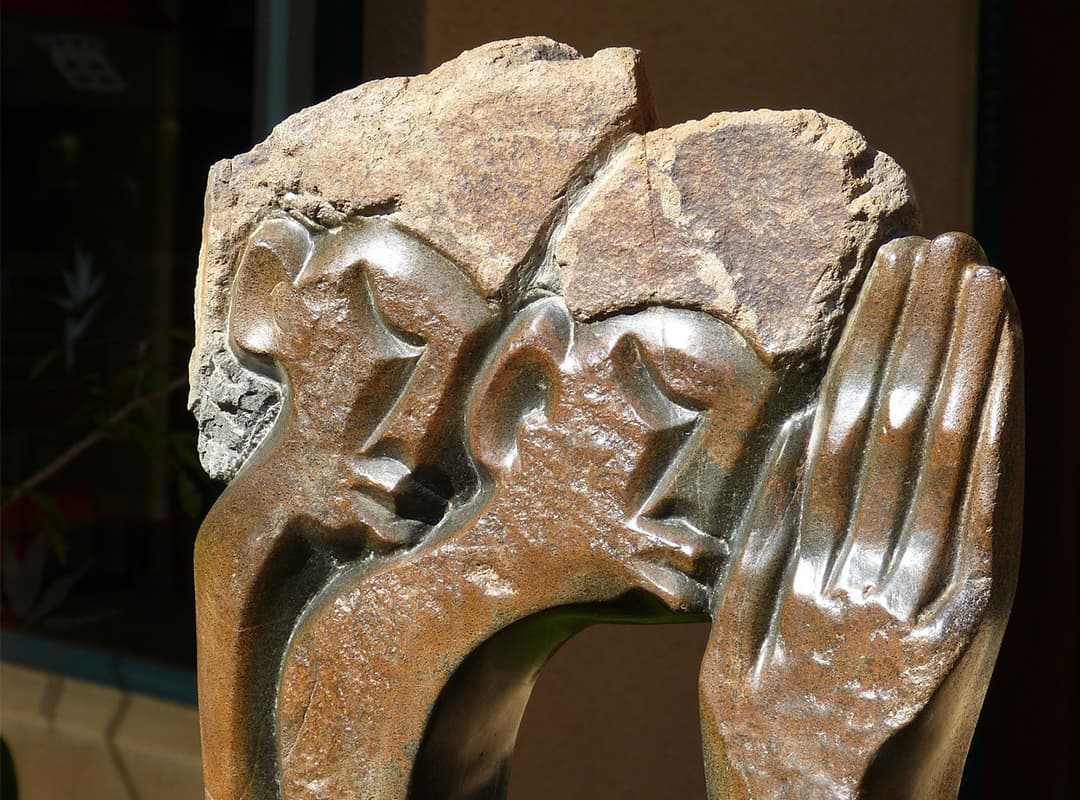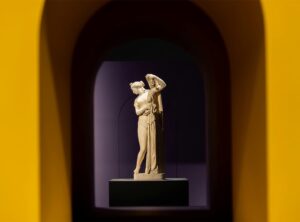Dated to about 900 BC – 200 AD. It is distributed over a large area of the modern state of Benue Plateau in Nigeria. It is named after the place of the first (1931) finds near the village of Nok, southwest of Jos.
A special place among the finds is occupied by terracotta heads (sizes range from several cm to life-size) of a pronounced African type, characterized by sharp, almost grotesque expressiveness, vigorous modeling of generalized volumes, expressive and juicy modeling of the main facial features. The images show some similarity in style to Yoruba sculpture (this suggests that the Nok culture was created by the ancestors of the modern peoples of Western Sudan). Sculptural images of animals decorated with ornaments (an elephant’s head, a figure crouching like a monkey), pearl jewelry, fragments of dishes, polished stone axes and tesla, which were probably used for woodworking, were also found. Of great interest are fragments of ironware, which, according to the English archaeologist Bernard Fagg, who was the first to find these items, belong to the initial stage of processing this metal in Africa.
Portraits of the Nok culture were associated with burial rites. This tradition has survived in many cultures of West and Central Africa. The statuettes of people and animals also indicate that Nok plastics were already capable of conveying the dynamics of movement. This achievement of plastics has been preserved only in the sculpture of the lower Congo and in Angola. Certain features of Nock plastics continue to exist in the art of many peoples of West and Central Africa. For example, Baluba (Democratic Republic of Congo) sculptures have hairstyles similar to those of Nock heads; Yoruba (Nigeria) have similar shapes of eyes and lips; masks of the Nigerian Ibib and Ekoya tribes resemble the so-called “Janus heads” known from Nock culture.

